In an era where environmental conservation faces unprecedented challenges, America’s national parks stand as bastions of natural preservation. Recent years have witnessed a significant trend of national park expansion across the United States, with federal agencies actively acquiring adjacent lands to enlarge these protected territories. This strategic growth isn’t merely about adding acreage—it represents a sophisticated response to complex ecological threats, climate change pressures, and evolving conservation science.
As development encroaches ever closer to park boundaries and ecosystems face mounting stresses, park expansions have become essential tools for maintaining the ecological integrity and biodiversity that make these spaces national treasures. The decision to expand park boundaries reflects a deeper understanding that effective conservation often requires thinking beyond artificial boundaries to encompass entire ecosystems and watershed systems.
The Evolution of Conservation Philosophy
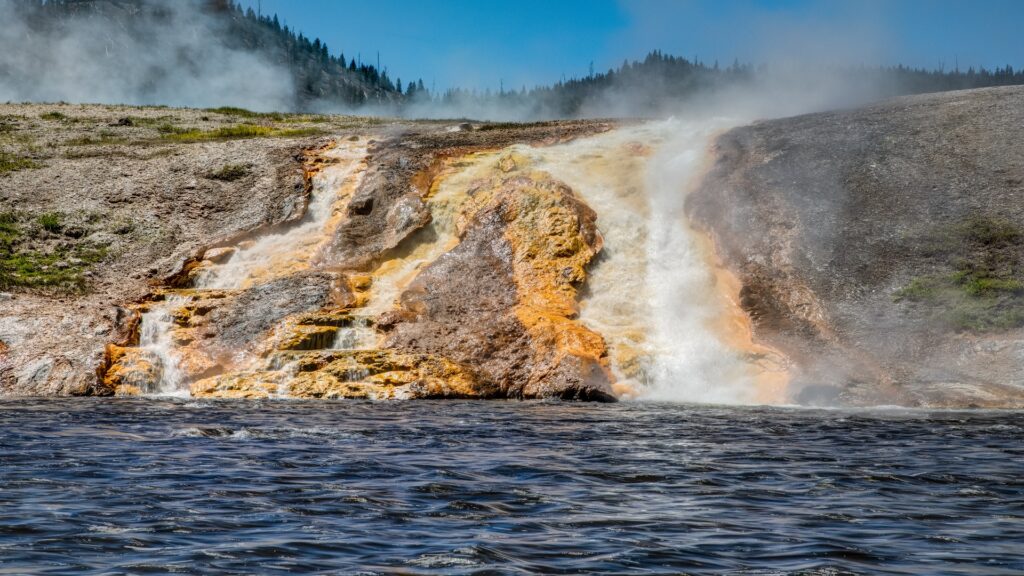
The concept of national parks has undergone a profound philosophical evolution since Yellowstone became the world’s first national park in 1872. Early park boundaries were often drawn based on scenic values or political convenience rather than ecological considerations, creating what scientists now recognize as artificially constrained protected areas. Modern conservation biology emphasizes the importance of landscape-scale protection that encompasses complete ecosystems rather than just scenic highlights. This shift reflects growing scientific consensus that fragmented habitats significantly diminish biodiversity and ecosystem resilience over time.
Today’s park expansions represent a correction to historical boundary-drawing mistakes, incorporating contemporary understanding of habitat connectivity, migration corridors, and ecosystem processes that operate at scales much larger than most original park designations recognized.
Climate Change Adaptation Strategies
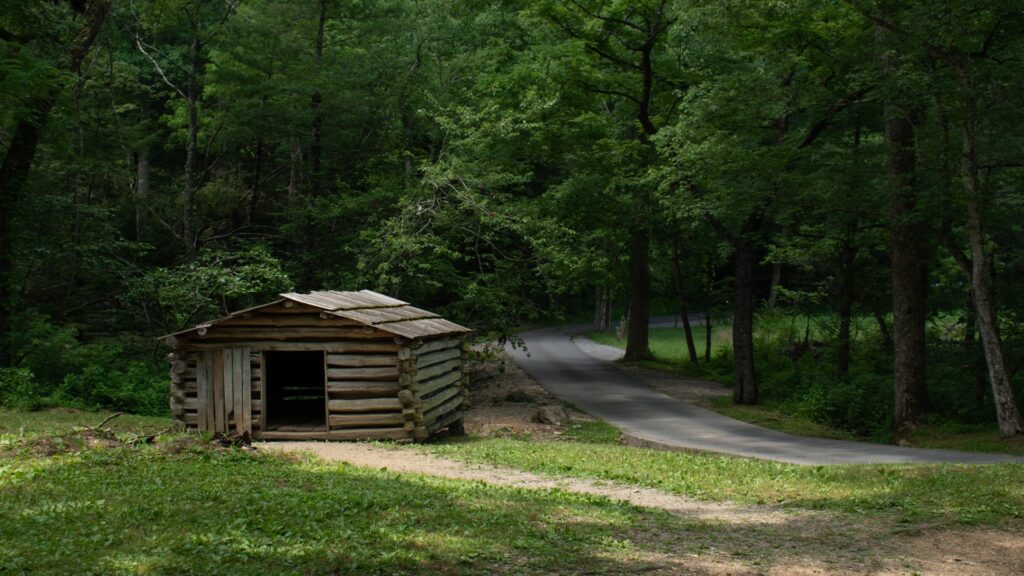
Climate change has emerged as perhaps the most compelling driver behind national park expansions in recent decades. As temperature and precipitation patterns shift, plant and animal species must migrate to find suitable habitat conditions—often moving to higher elevations or more northern latitudes. Parks with boundaries fixed decades ago may not provide sufficient space or connectivity for species to complete these climate-driven migrations. Strategic park expansions now frequently target elevation gradients, north-facing slopes, and connecting corridors specifically to create “climate refugia” where species can retreat as conditions change.
The National Park Service has incorporated climate resilience mapping into its land acquisition priorities, identifying parcels that offer the greatest potential to buffer ecosystems against climate disruptions. These expanded boundaries give wildlife and plant communities the space to adapt naturally to changing conditions, rather than becoming trapped in increasingly unsuitable habitat islands.
Watershed Protection Imperatives
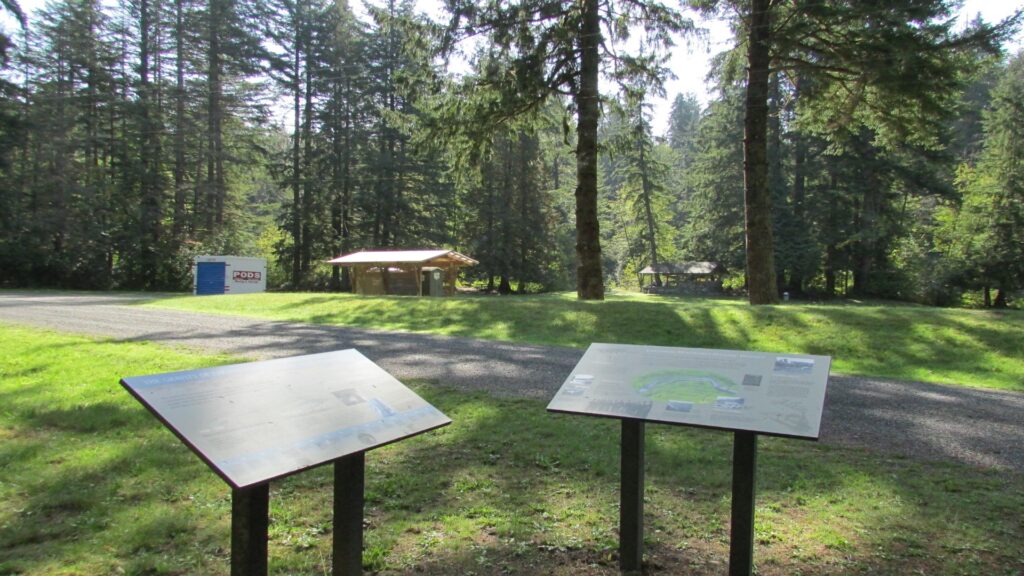
Water systems represent a critical motivation for many national park expansions, with agencies increasingly recognizing that protecting only portions of watersheds leaves parks vulnerable to upstream degradation. When parks expand to encompass entire watersheds—from headwaters to confluence—they gain essential control over water quality, quantity, and timing that sustains park ecosystems. Yellowstone National Park’s northern expansion efforts, for instance, target key tributaries of the Yellowstone River that provide crucial spawning habitat for native cutthroat trout populations.
Meanwhile, Everglades National Park’s expansion under the Comprehensive Everglades Restoration Plan acknowledges that the “River of Grass” cannot be protected without safeguarding its water sources far beyond traditional park boundaries. Hydrologists have demonstrated that fragmented watershed protection virtually guarantees degradation over time, making whole-watershed approaches increasingly central to expansion planning.
Wildlife Migration Corridor Preservation
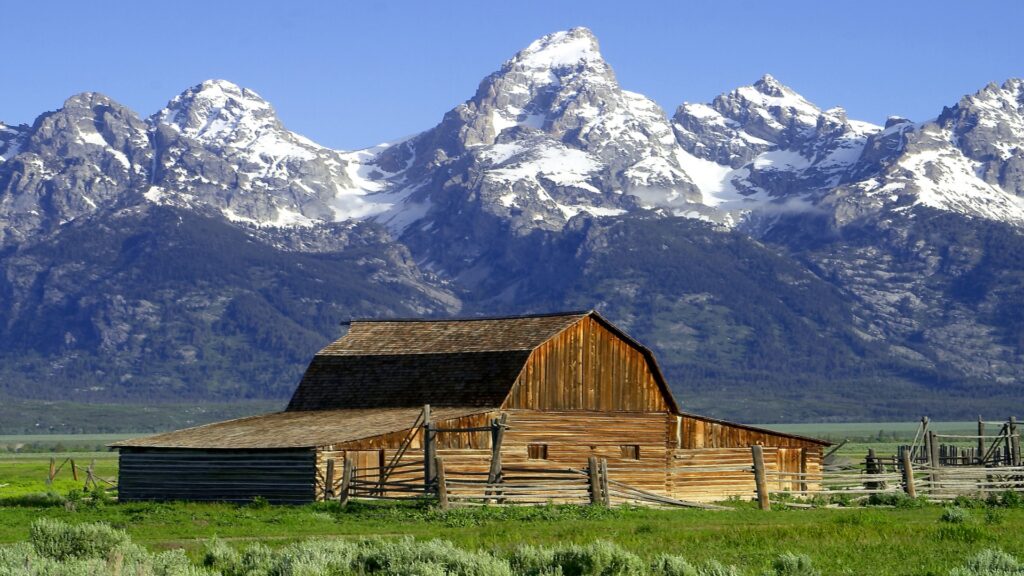
The preservation of wildlife migration corridors has become a cornerstone of modern park expansion efforts, reflecting growing recognition that many iconic species require seasonal movements across vast landscapes. Grand Teton National Park’s expansion to incorporate crucial elk migration routes represents a textbook example of this approach, protecting ancient pathways that mammals have used for millennia. These corridors aren’t merely convenient—they’re essential infrastructure for genetic exchange between populations, seasonal access to food resources, and species survival.
GPS collar studies have revealed that many large mammals travel dozens or even hundreds of miles beyond park boundaries in their annual movements. Without protected corridors, these migration routes face fragmentation by roads, development, and resource extraction, potentially isolating populations within parks and triggering cascading ecological consequences.
Cultural and Historical Site Incorporation
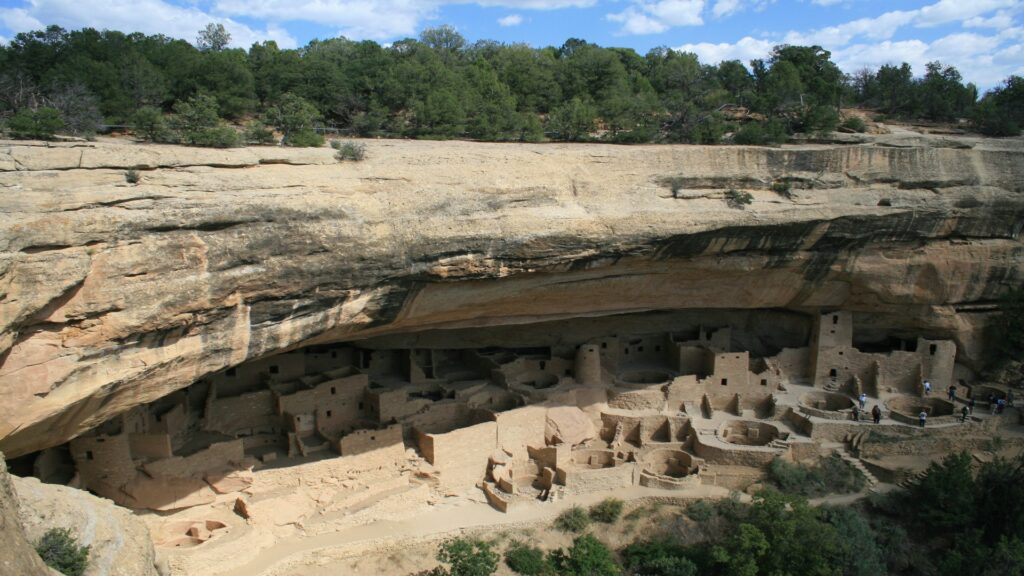
National park expansions frequently incorporate significant cultural and historical sites that enhance the interpretive and preservation mission of these protected areas. The expansion of Mesa Verde National Park, for example, brought additional ancestral Puebloan archaeological sites under federal protection, creating a more complete record of this remarkable civilization. Similarly, expansions at Civil War battlefields like Gettysburg have incorporated previously unprotected portions of these historic landscapes where significant actions occurred.
These cultural expansions recognize that human history and natural history are deeply intertwined, with cultural landscapes often reflecting thousands of years of human interaction with natural environments. By protecting both natural and cultural resources together, expanded parks tell more complete stories about the American landscape and its human inhabitants through time.
Responding to Development Pressures
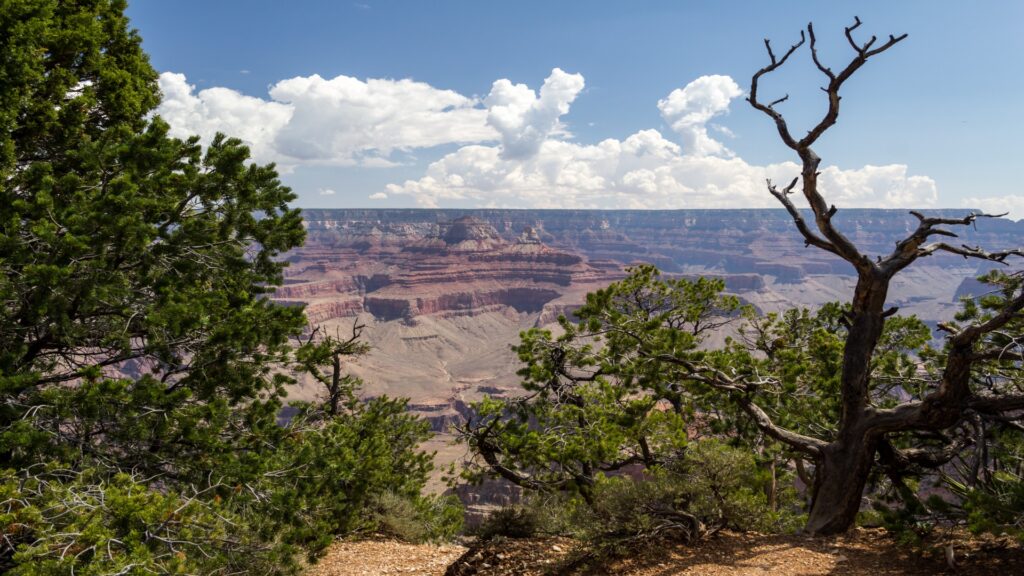
The acceleration of development in regions surrounding national parks has created urgency around expansion efforts as a defensive strategy against encroachment. Grand Canyon National Park’s expansion efforts reflect this dynamic, with land acquisitions aimed at creating buffer zones against mining operations and commercial development that threatened to reach the rim of the canyon itself. Without these strategic expansions, many parks would increasingly become islands surrounded by incompatible land uses that fragment wildlife habitat, introduce invasive species, and degrade scenic qualities.
Real estate speculation near park boundaries often drives up land prices, creating economic pressure to subdivide and develop adjacent properties for resort communities or vacation homes. Park expansions frequently represent the last opportunity to protect these transition zones before irreversible development patterns take hold.
Scientific Research Requirements
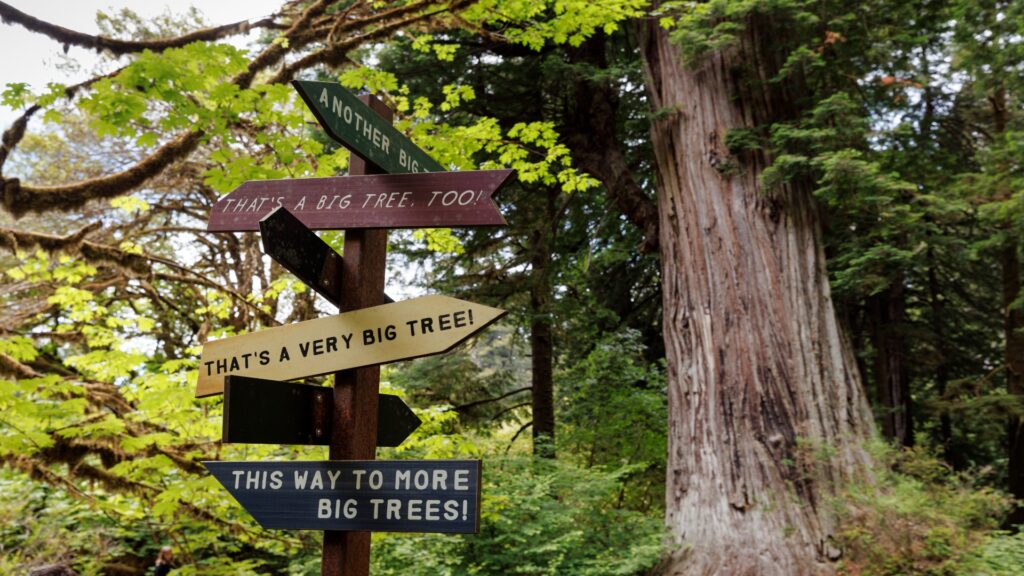
The scientific research mission of national parks has driven expansion efforts aimed at creating more comprehensive natural laboratories for ecological study. Many crucial ecological processes—from fire regimes to predator-prey relationships—operate at scales larger than most original park boundaries encompassed, limiting scientists’ ability to study intact natural systems. Parks like Redwood National Park have expanded specifically to incorporate complete old-growth forest ecosystems that allow researchers to study natural processes without the confounding effects of forest fragmentation.
These expanded research areas have yielded invaluable insights about ecosystem function, carbon sequestration, and species interdependencies that inform conservation efforts nationwide. As climate change accelerates, these expanded research zones provide essential baseline data about ecosystem responses to environmental change in relatively intact systems.
Endangered Species Habitat Protection
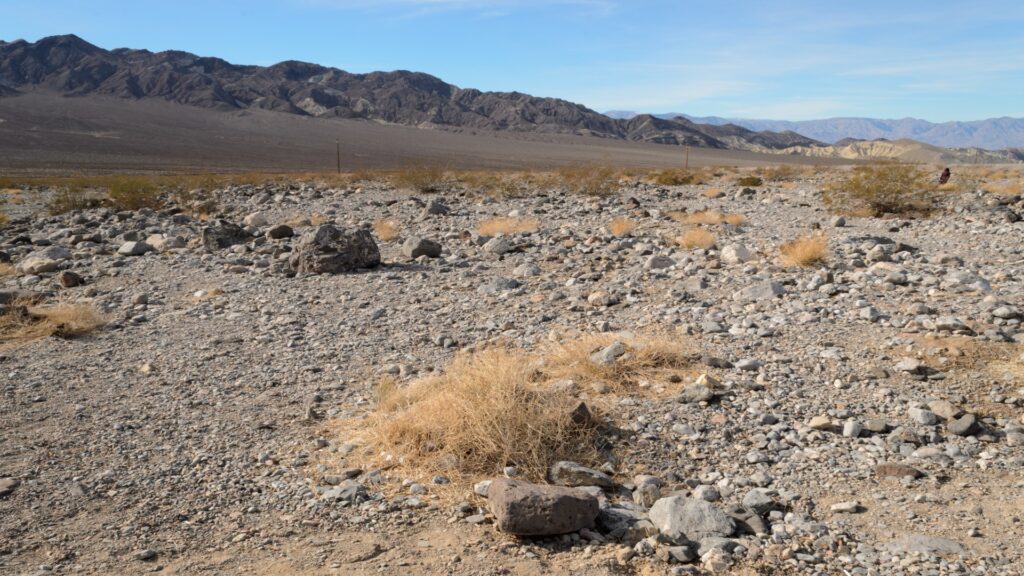
The protection of endangered species’ habitat represents one of the most legally compelling justifications for national park expansions. The Endangered Species Act creates legal obligations to protect critical habitat for listed species, often requiring expansions beyond original park boundaries where important populations occur. Death Valley National Park’s expansion under the California Desert Protection Act, for instance, incorporated crucial desert tortoise habitat that had previously remained vulnerable to multiple threats.
These habitat-focused expansions recognize that many species require specific environmental conditions found only in particular locations, regardless of existing administrative boundaries. For species like the Florida panther, whose populations hover at the edge of extinction, park expansions that connect habitat fragments can make the difference between recovery and loss.
Indigenous Collaboration and Co-Management
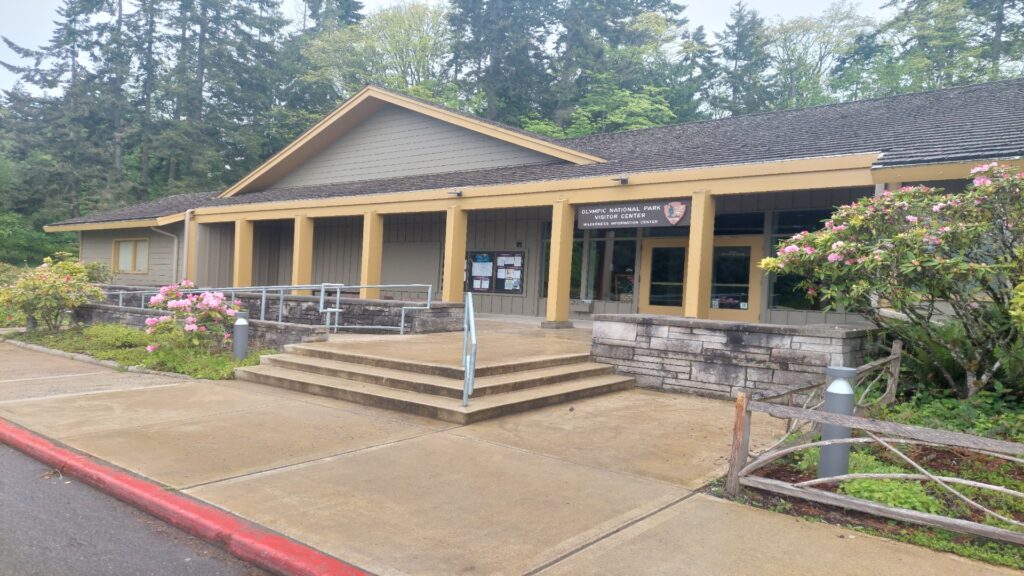
A growing number of national park expansions involve innovative collaborations with Indigenous tribes, incorporating traditional ecological knowledge and sometimes establishing co-management frameworks. The expansion of Olympic National Park has involved close coordination with several Coast Salish tribes whose ancestral territories overlap with the park, recognizing their deep historical connections to these landscapes.
These collaborative expansions represent a significant evolution from earlier park establishment practices that often excluded Indigenous peoples from their traditional territories. By incorporating Indigenous perspectives into expansion planning, parks gain access to ecological knowledge developed over thousands of years of land stewardship. These partnerships also help address historical injustices while creating more culturally inclusive and ecologically informed protected areas.
Economic Benefits to Gateway Communities
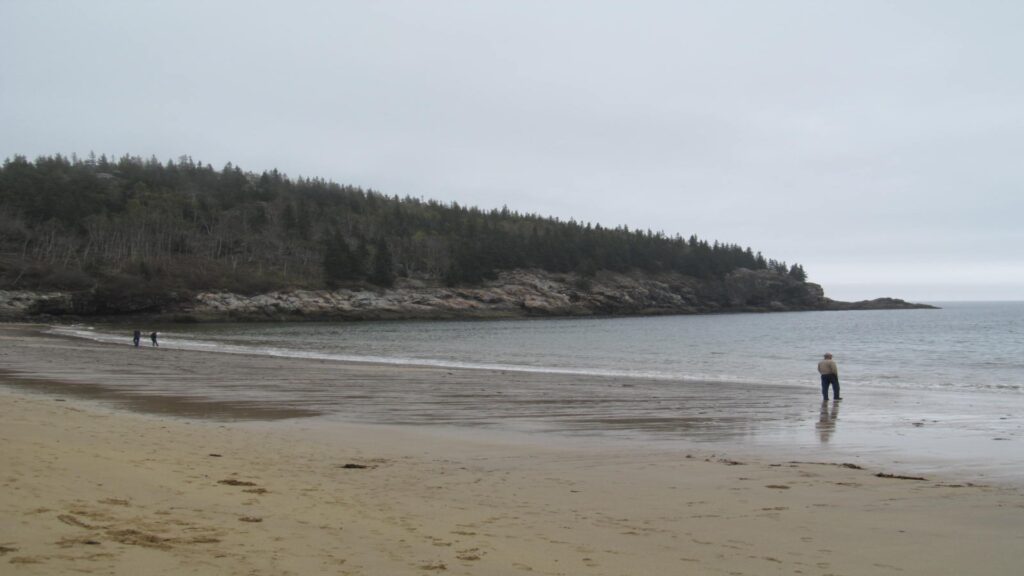
The economic impacts of park expansions on surrounding communities have become important considerations in expansion planning, with growing evidence that protected areas drive sustainable economic development. Studies consistently show that counties adjacent to national parks experience higher property values, more diverse economies, and greater economic resilience than comparable non-park counties. Park expansions that incorporate new entrance points or visitor facilities can distribute economic benefits to additional gateway communities previously bypassed by park visitors.
The expansion of Acadia National Park to include the Schoodic Peninsula, for example, created a new visitor destination that spread economic benefits beyond the traditional Bar Harbor tourism center. These economic considerations have helped build broader political support for expansion efforts, particularly in rural communities seeking sustainable development alternatives.
Innovative Acquisition Mechanisms
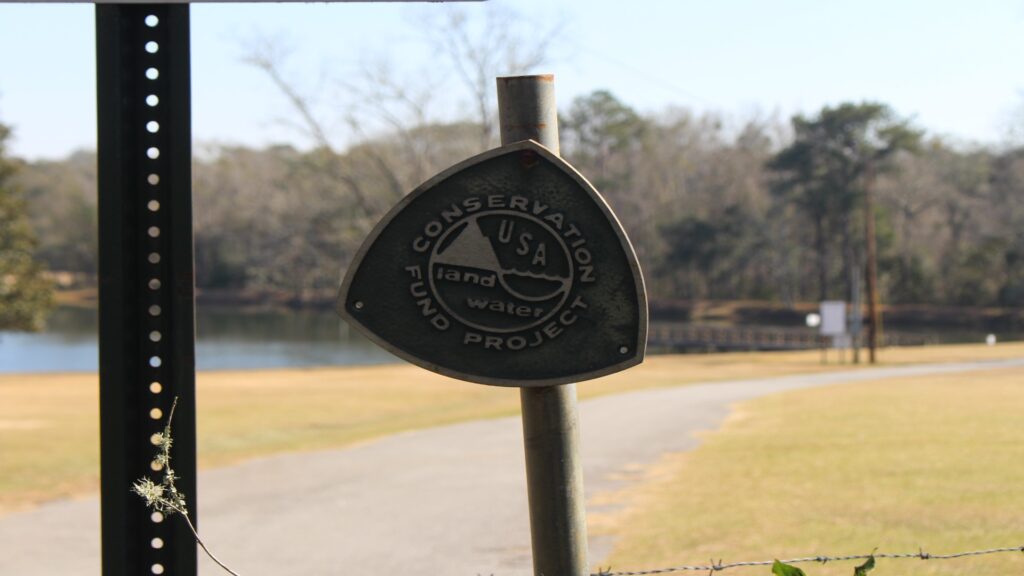
The mechanisms for expanding national parks have grown increasingly sophisticated, moving beyond straightforward federal land purchases to include conservation easements, land swaps, and creative financing arrangements. The Land and Water Conservation Fund has provided crucial funding for many expansions, using offshore oil and gas royalties to finance protection of significant landscapes without taxpayer burden. Private philanthropic partners like The Conservation Fund and The Trust for Public Land have played pivotal roles in many expansions by purchasing critical properties and holding them until federal funding becomes available.
Meanwhile, conservation easements have allowed parks to expand their protective influence without full-fee acquisition, permitting compatible traditional uses while preventing incompatible development. These flexible approaches stretch limited federal resources while accommodating the needs of diverse stakeholders in expansion areas.
Future Challenges and Opportunities
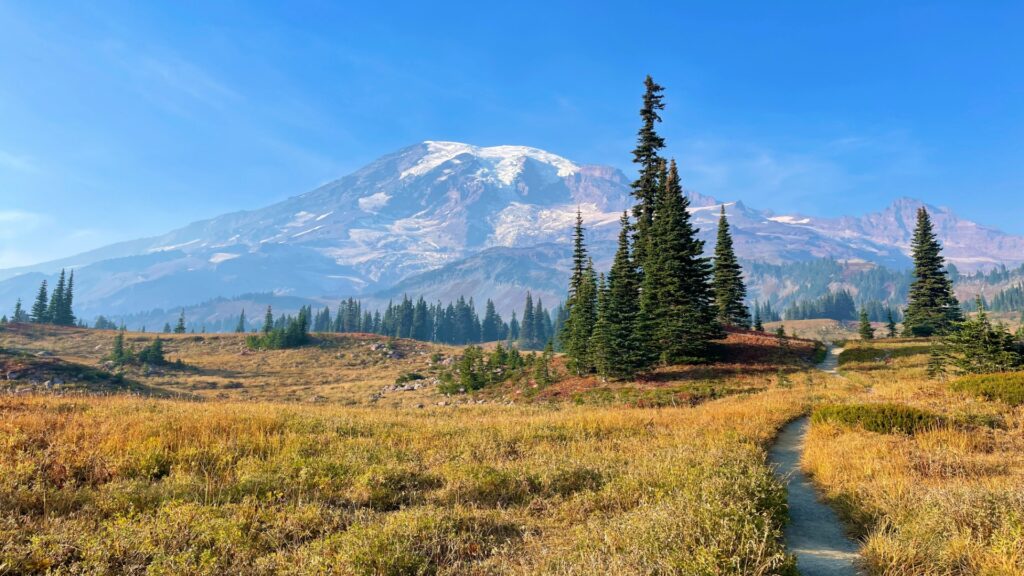
National park expansion efforts face significant challenges in the coming decades, from climate disruption to political resistance and funding constraints. Rising land values in desirable areas near parks create affordability barriers to expansion, particularly in regions experiencing population growth and development pressure. Political opposition to federal land acquisition remains strong in some regions, reflecting concerns about tax base impacts and restrictions on extractive industries.
Despite these challenges, technological advances in conservation planning—including sophisticated GIS modeling of landscape connectivity and climate resilience—provide unprecedented tools for identifying the most ecologically valuable expansion opportunities. Public support for conservation has also shown remarkable resilience across political divides, creating openings for bipartisan expansion initiatives framed around shared values like wildlife protection, outdoor recreation, and clean water.
Conclusion: The Future of America’s Protected Landscapes
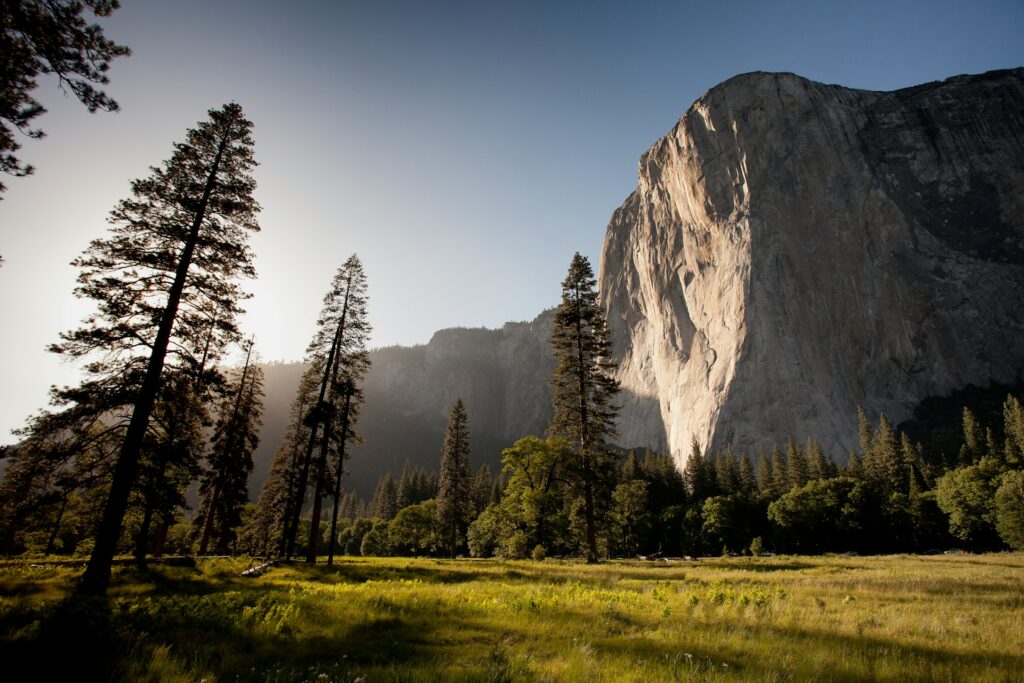
The expansion of America’s national parks represents a vital evolution in our approach to conservation, embracing the complex ecological realities that transcend artificial boundaries. As these protected areas grow, they better fulfill their mission of preserving natural and cultural heritage for future generations while adapting to unprecedented environmental challenges. The strategic expansion of these iconic landscapes reflects a maturing conservation ethic that recognizes the interconnectedness of ecosystems, the importance of landscape-scale protection, and the need for proactive responses to climate change.
While expansion alone cannot address all threats facing these treasured places, it provides essential breathing room for natural processes to continue and for species to adapt. In expanding our national parks, we express an intergenerational commitment to conservation that honors both the visionary work of early conservationists and our responsibility to future generations who will inherit these living landscapes.

